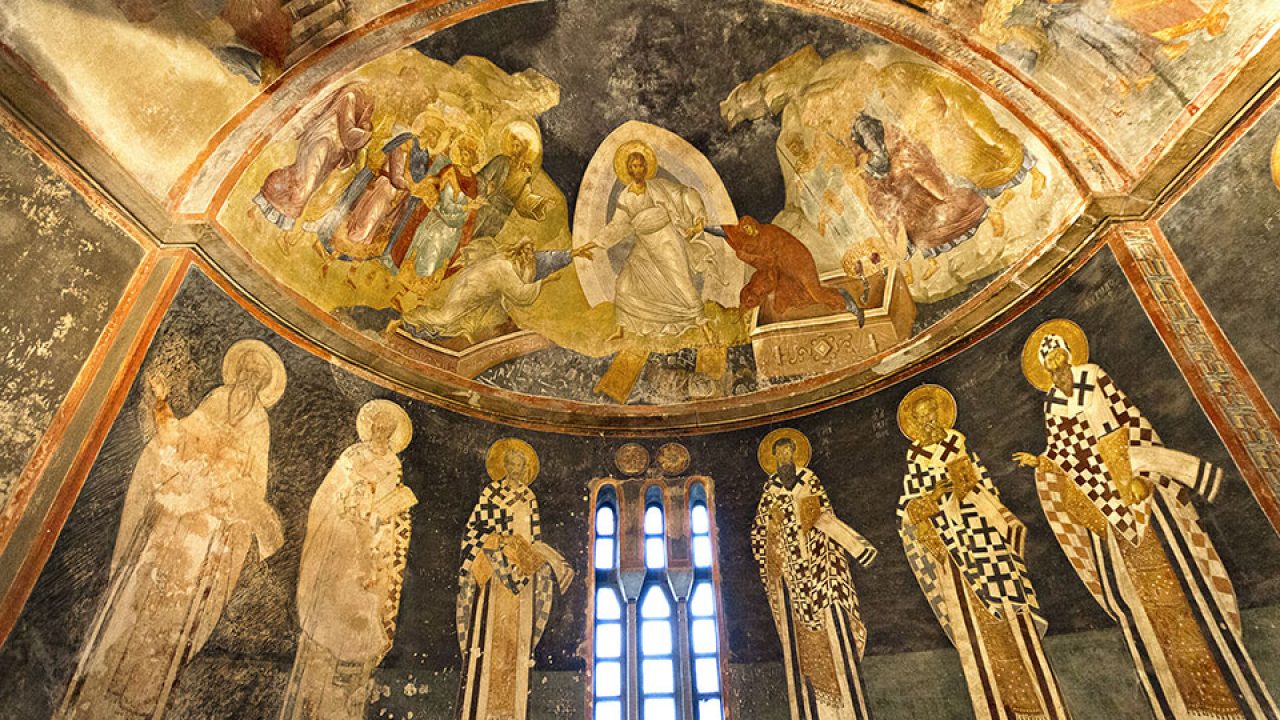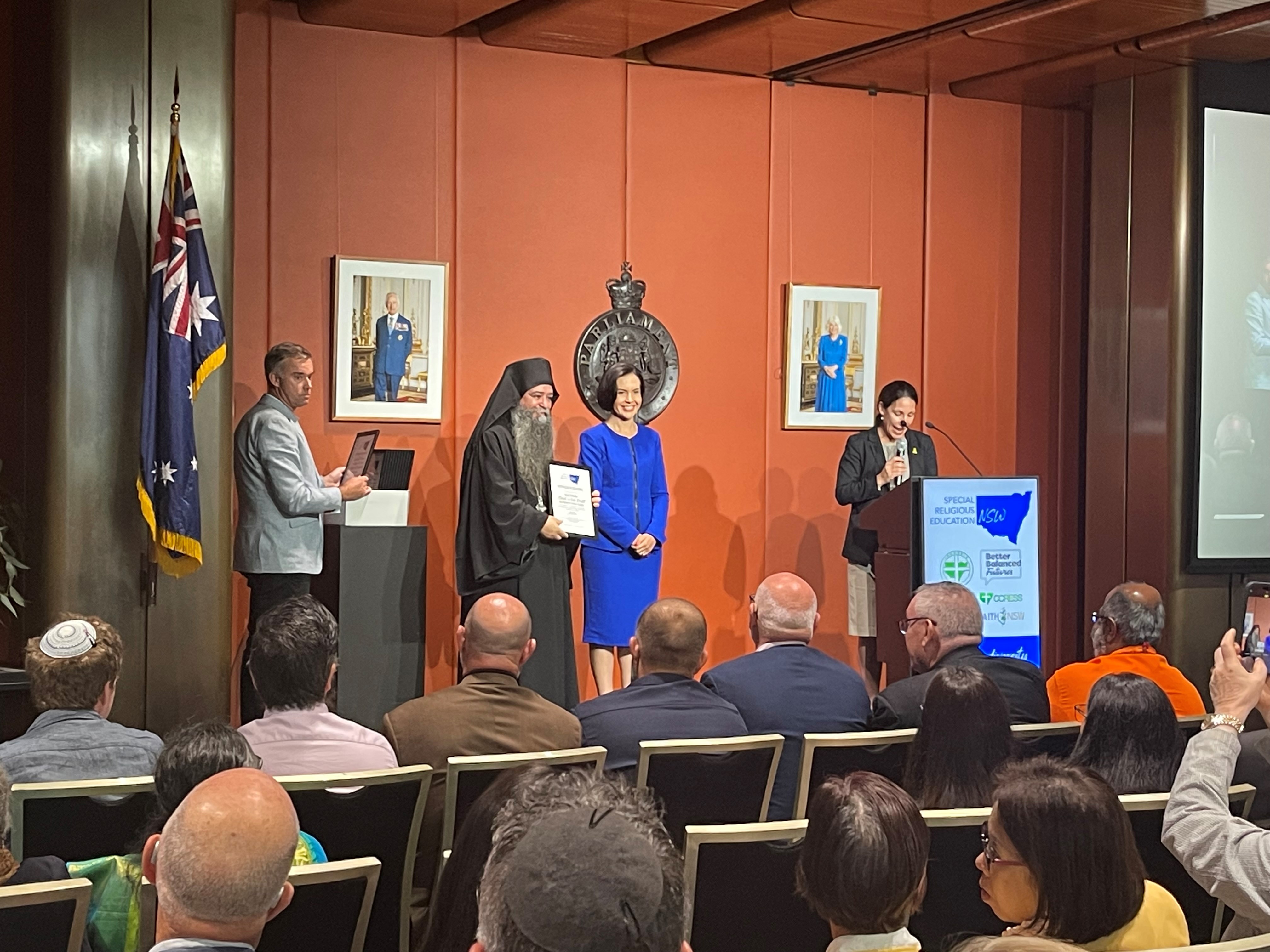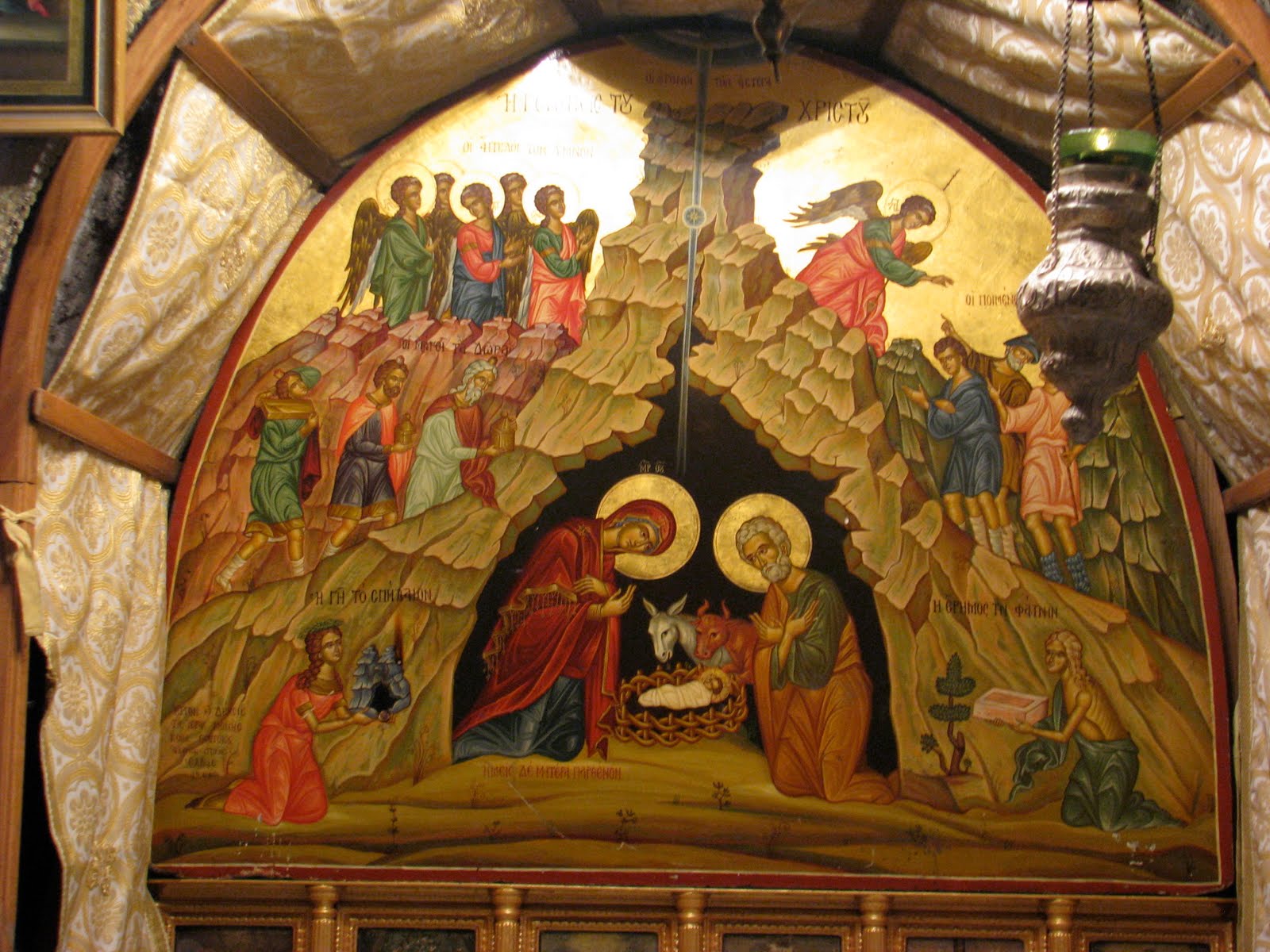Experts cite significance of Chora Church


Greek and foreign experts stressed the importance of protecting and preserving some of the oldest and finest surviving Byzantine Christian mosaics and frescoes of the medieval Greek Monastery of the Church of the Holy Savior in Chora, Istanbul and expressed concern over the decision by the Turkish government last year to convert it into a mosque.
Their concerns were expressed during an international symposium that concluded in Athens yesterday titled “Re(dis)covering Chora: The Byzantine Name of the Rose,” which was organized by the European Center for Byzantine and Post-Byzantine Monuments (EKBMM).
The message they sent out loud and clear was that the Byzantine monument, especially its interior decoration, must be protected and that it still has many secrets to divulge to the scientific community.
“The announcement of the conversion of Chora into a mosque was the occasion to organize this conference and to show how important this monument is for Byzantine art,” EKBMM director Natalia Poulou said in comments to Kathimerini.
For his part, the Aristotle University of Thessaloniki professor of Byzantine archaeology and art and vice president of EKBMM Athanasios Semoglou stressed that it is imperative the monument’s unity is preserved.
“More than ever, we are placing emphasis on the decoration of Chora,” he said, insisting it must not “be surrendered to oblivion.”
According to his estimates, the closed chapel of the monastery also hides fascinating secrets of the Palaiologos dynasty that ruled the Byzantine Empire between 1261 and 1453.
Among the prominent attendees of the conference was Robert G. Ousterhout, professor emeritus in the history of art at the University of Pennsylvania and a leading expert in Byzantine architecture.
In an interview with Kathimerini a few days after the announcement by the Turkish government, he said the decision was “a shock to everyone.”
Chora remains closed to visitors, although it has not yet functioned as a mosque.
The proceedings of the international conference will be published and sent to UNESCO.
Source: ekathimerini.com




